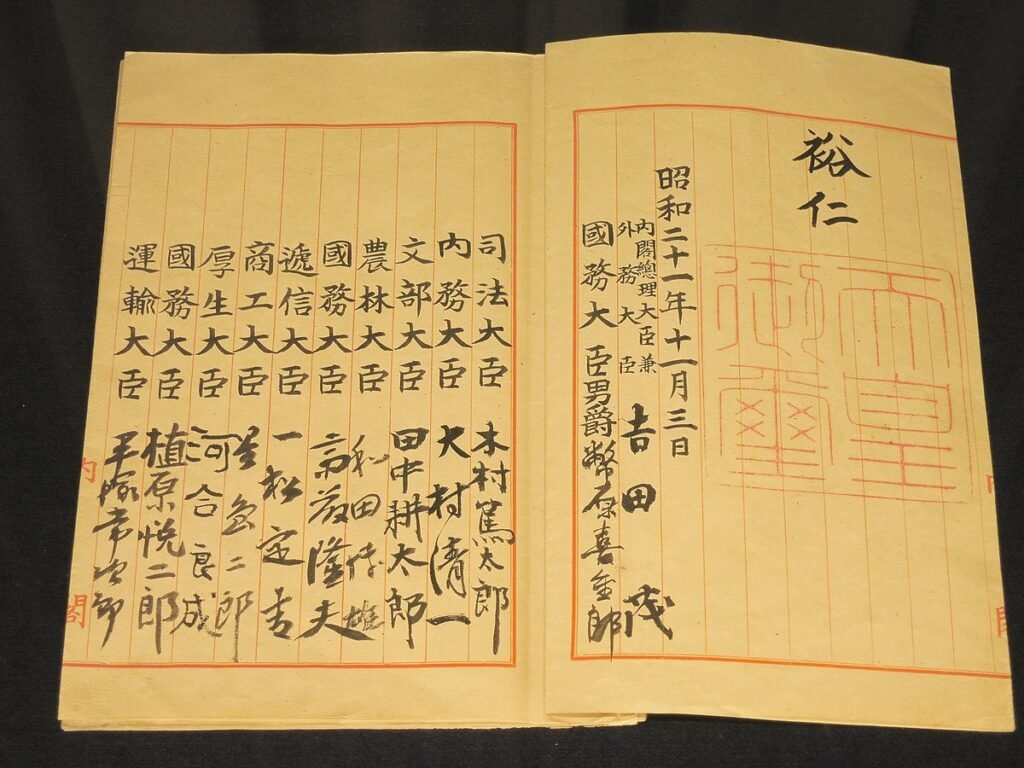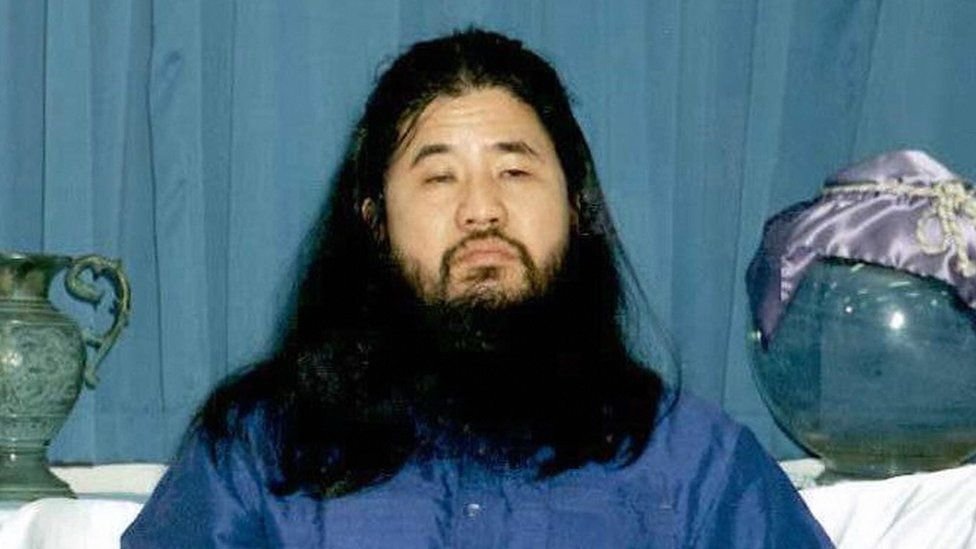
Each week, here at Osaka.com, we bring you a selection of some of the top stories about Osaka making the local and national news here in Japan. Sometimes it’s serious, sometimes it’s funny, but it’s always direct to you, from Osaka.
Here’s a look at some of the stories hitting the headlines in Osaka this week.
Table of Contents
Death Row Inmates Raise Legal Challenge

The controversial status of Japan’s use of the death penalty was thrust into the legal spotlight in Osaka this week. A group of 3 inmates, currently awaiting the death sentence, lodged an appeal with the Osaka District Court on November 29th.
They argue that Japan’s current methods of detention and subsequent execution violate both international laws and Japan’s own constitution. Japan is a signatory to the international covenant on human rights. In essence, this is a global equivalent to the wider known European Convention on Human Rights (ECHU).
The covenant does not forbid death sentences, after all, Japan certainly isn’t the only signatory to continue with capital punishment. Despite this lawyers representing the claimants targeted a specific clause in the covenant. The quoted clause states that signatories shall “prohibit inhumane punishments and the arbitrary deprivation of life.”
The case rests on two particular elements in Japan’s current use of the death penalty. Namely, the use of hanging as the primary method of execution, and the extremely short notice death row inmates receive before executions take place.
Under current rules, inmates only find out on the morning of their death that they are to face the gallows.
Constitutional Validity of Death by Hanging Also Questioned

Lawyers maintain that both the use of hanging and the anguish inmates face as they await their fate is inhumane. Indeed the length of time between sentencing and death can sometimes take decades. The three plaintiffs in this case remain anonymous. However, their representatives confirmed that they have all been on death row for more than 10 years. Furthermore, legal representatives also confirmed that two of the three also want retrials of their initial cases.
In a statement, the head of the legal team representing the three, Kyoji Mizutani outlined their case. He said: “Whatever they may have done, keeping someone in a state where every day they wake up could be their last, is inhumane. To do this for years, even decades is abominable.”
He continued: “it is time to call Japan’s capital punishment system into question once again.”
The argument about the anguish caused to prisoners on death row is an emotive one. However, the argument against hanging as a means of execution has more of a scientific basis.
In a previous challenge to the death penalty, an expert medical witness testified that hanging does not cause the condemned person “undue suffering.” Their rationale was that the person being hung lose consciousness almost immediately. However, numerous international assessments dispute this assumption.
Despite Latest Challenge, Support Remains for Death Penalty

Challenging both the constitutionality and the ethics behind the death penalty is a course several legal professionals have been down over the years. Despite this, public support for capital punishment remains high. Surveys continue to show that a majority of the population supports the death penalty for particularly heinous crimes. However, in recent years, the number of executions carried out in Japan has scaled back somewhat. In any case, there remains around 200 individuals currently on death row in Japan. This is not a simple case and it may be several months or even years before the case concludes.
Sulfuric Smell Hospitalizes Kids

33 Children in the city of Toyonaka, Osaka Prefecture, required hospital treatment after a mysterious odor at school left them feeling sick.
The students at Honan Elementary School noticed a “sulfur-like” smell within the school at approximately 9am on November 29th. Around 9.15 am, emergency services were called as students began to feel faint and light-headed. No children were seriously injured in the incident.
School management initially told parents that the cause of the unpleasant smell was a gas leak. However, they later retracted this statement. Local fire services continue to investigate the cause of the smell. At the time of writing, the source of the stench remains unknown.
And Finally…

Older readers may remember fondly a time when chocolate bars and other sweets were far bigger than they are today. Unfortunately, the global economy has severely contracted over the past two decades. In turn, this has led to several confectionery companies short-changing consumers when it comes to how much chocolate is in an average bar.
One sweet company in Osaka fell afoul of the law this week, when they tried the same trick on one of their employees.
The Osaka District Court awarded 900,000 yen in backdated pay and compensation to a former employee of Cow Cow Food Systems. The company is perhaps best known for supplying the popular Madame Shinco Sweet Shops.
The plaintiff in this case, a 46 year old from Osaka City, signed a contract with the company’s Toyonaka factory in March 2021. According to the listing on the job website indeed.com, the salary was “between 350 and 500,000 yen per month”. This included overtime. The ad also promised two days off per week.
However, when he signed up, the contract offered a salary of 160-250,000 yen per month, with no mention of overtime.
He received a salary of 250,000 per month during his initial trial period of three months. The employee decided to quit when this was arbitrarily reduced to 170,000 yen per month. No explanation was given for the paycut or the disparity between the job ad and reality.
A spokesperson for Cow Cow said: “The job ad was just to attract visitors and was not intended as a real indication of the employment contract.”
Perhaps Cow Cow’s executives now understand how customers feel when we open up a “fun-size” chocolate bar that’s a fraction of the size it should be!
That’s all for now but be sure to check back again same time next week for another round of this week in Osaka!























